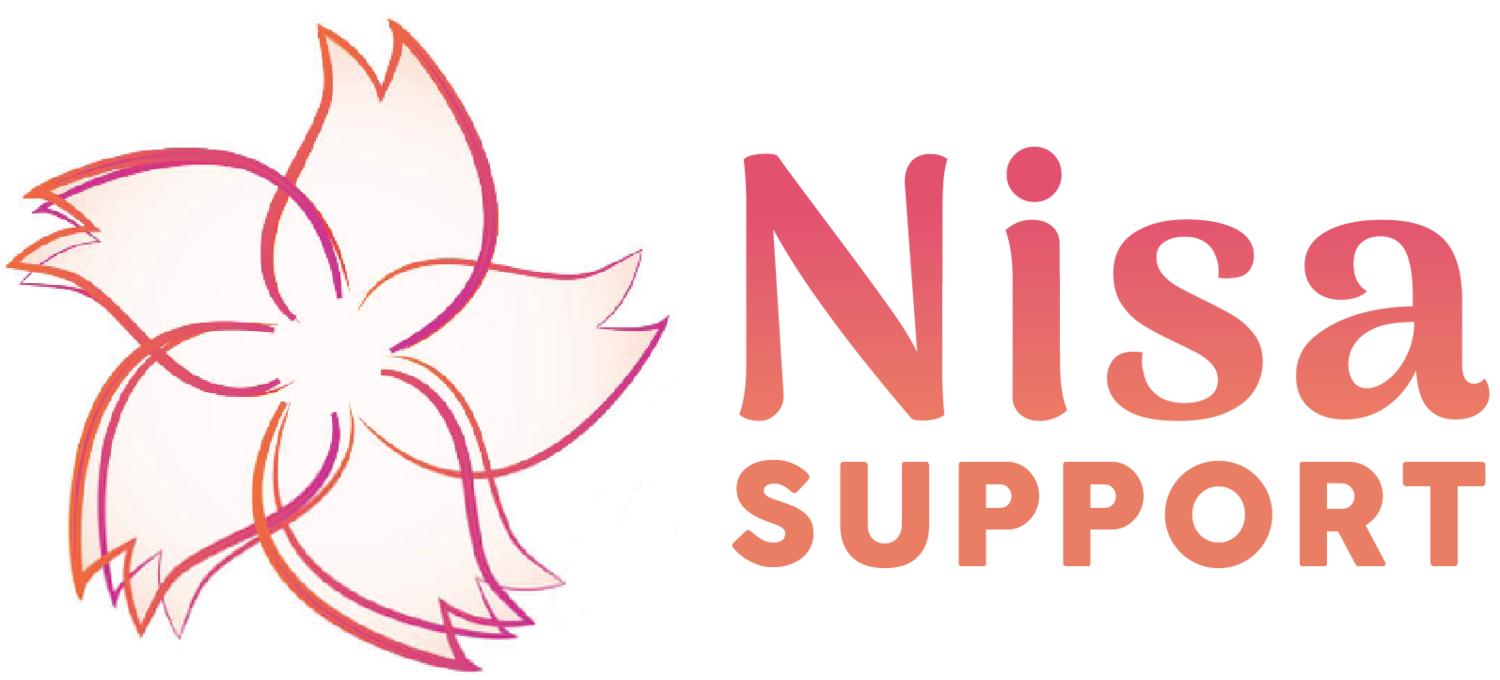Benefits of Laughter Therapy
The appreciation of pleasure, liveliness, and sociability means promoting good health. Any technique that encourages cheerful recognition, interaction, or appreciation of the insanity or inconsistency of life conditions the body and promotes health and well-being.
An Introduction to Laughter Therapy
Physiological laughter triggers the production of endorphins, lowers blood pressure, enhances blood oxygenation, and boosts immunoglobin A levels. Humour and laughter come in a variety of forms. Humour can help to manage serious psychosocial stressors, personal loss, and dissatisfaction.
Laughter might be unintentional or forced, as with a simulated laugh. When someone consciously laughs out loud, whether alone or in a group, it is said to be forced. It is also referred to as ‘cackling’ laughter. When you're with other people, their response can amplify your own laughter, ‘activating the motion to generate the feeling’. The body does not distinguish between the types of laughter, despite research suggesting that forced laughter has more benefits.
Different warm-up exercises and activities can be used in a group setting with a therapist to encourage the group to laugh. Theorists suggest that to enjoy the most benefits, a person should laugh nonstop for at least 15-20 minutes. Laughter yoga is a more contemporary approach that incorporates several yoga elements. It is based on the idea is that laughing originates in the body rather than the mind.
Laughter's Benefits
Laughter and humour have also been shown to minimize drug use, enhance sleep, reduce stress, and regulate blood pressure in other research. According to Berk (2001), the physical aspect of laughing can affect the human body, improve brain ability, exercise and promote relaxation, enhance breathing, promote circulation, reduce stress hormones, boost immune system defences, and increase endorphin production. Many of these clinical symptoms are common among chronic pain patients, and they would advantage from it.
In a small randomized control study of elderlies in a nursing home, Behouz (2019) found that laughter improved the quality and anxiety of pain in elderly patients. Laughter also strengthens the muscles that control respiration and movement (Fry & Rader, 1977). According to Fry (1979), laughing 100 times a day is equivalent to 10 minutes of rowing. Following the impulse provided by laughter, the body relaxes, resulting in a refreshing period during which heart rate, blood pressure, and muscle spasms diminish. It's considered that laughing after a meal will also help with digestion and absorption.

